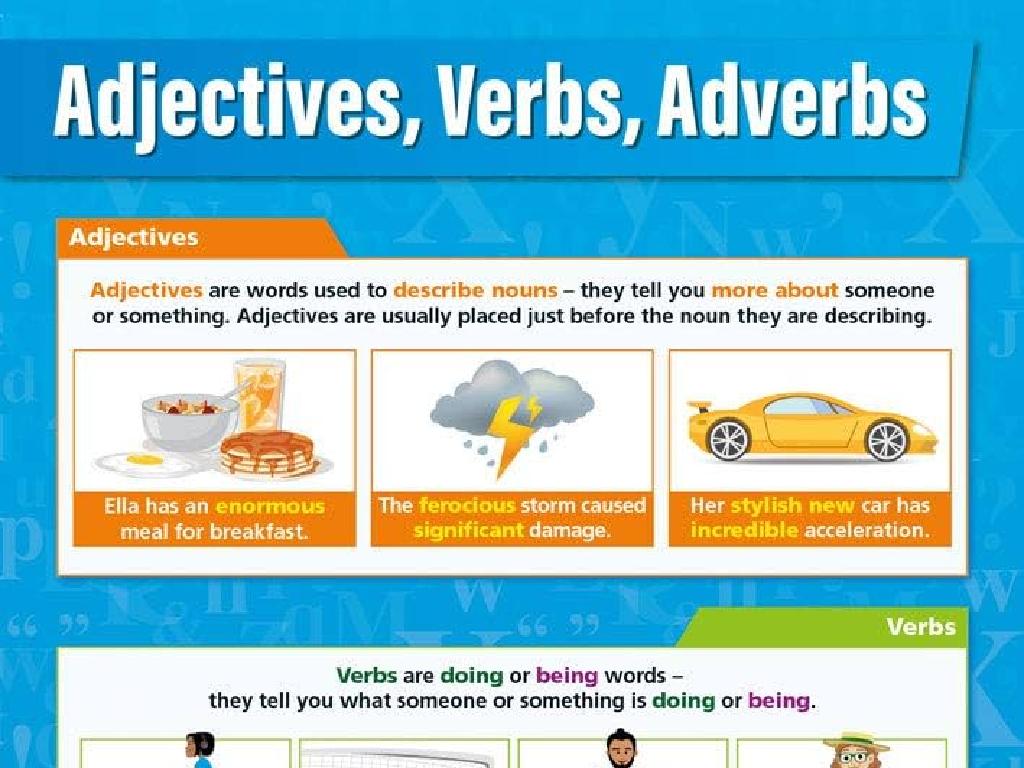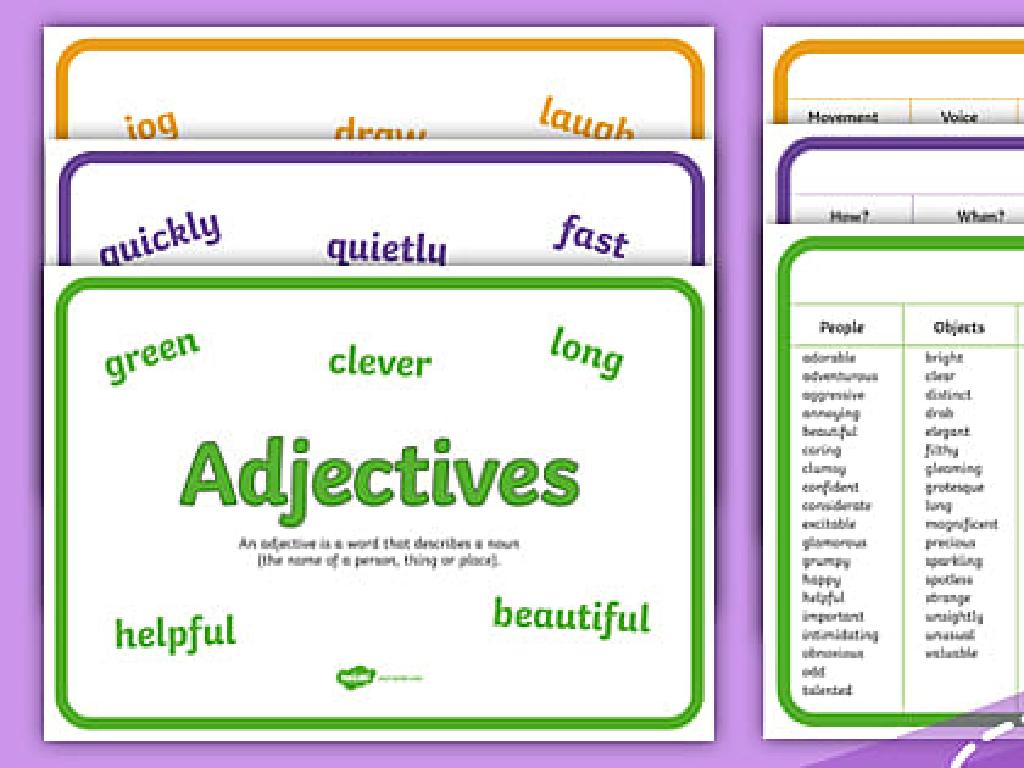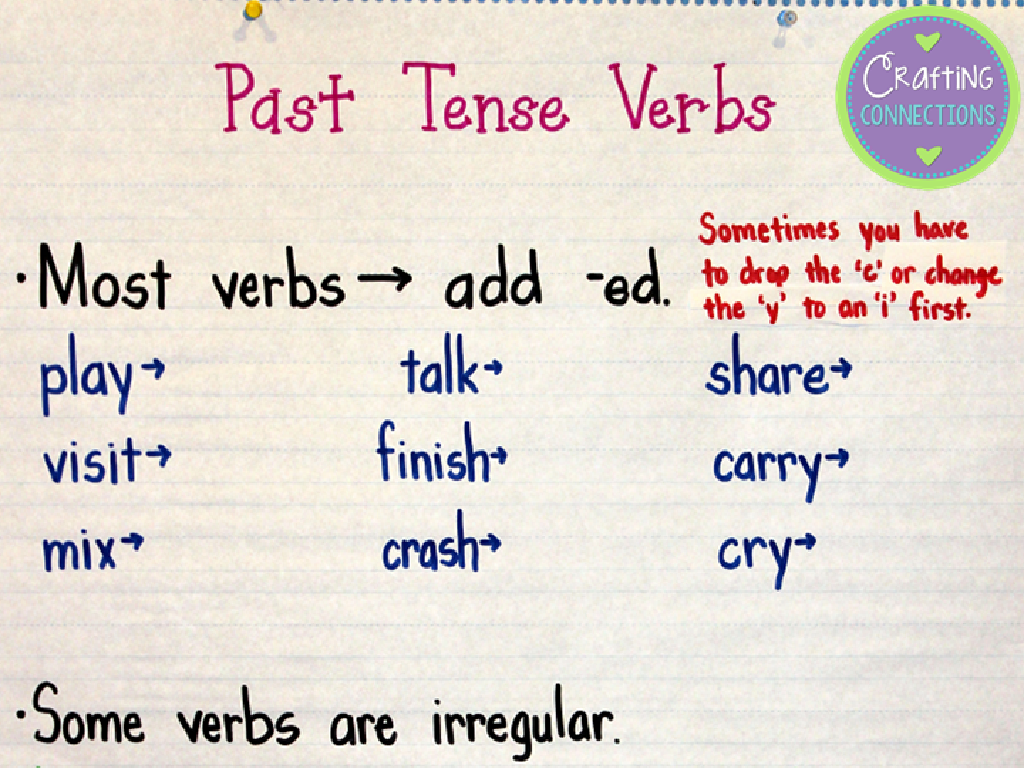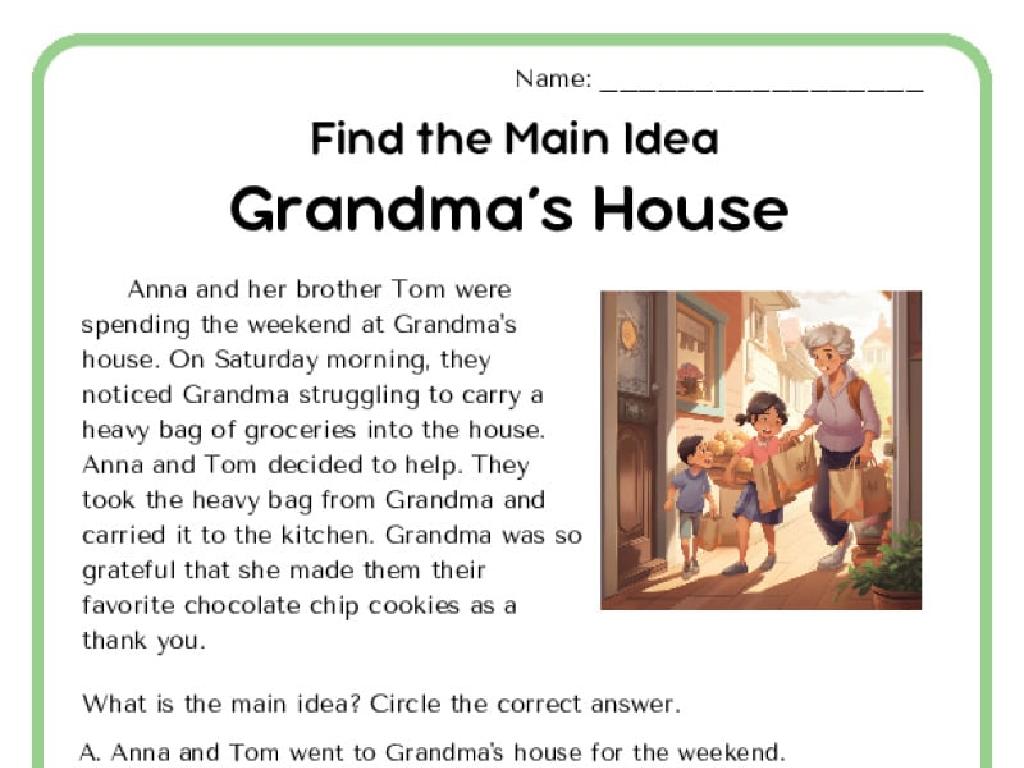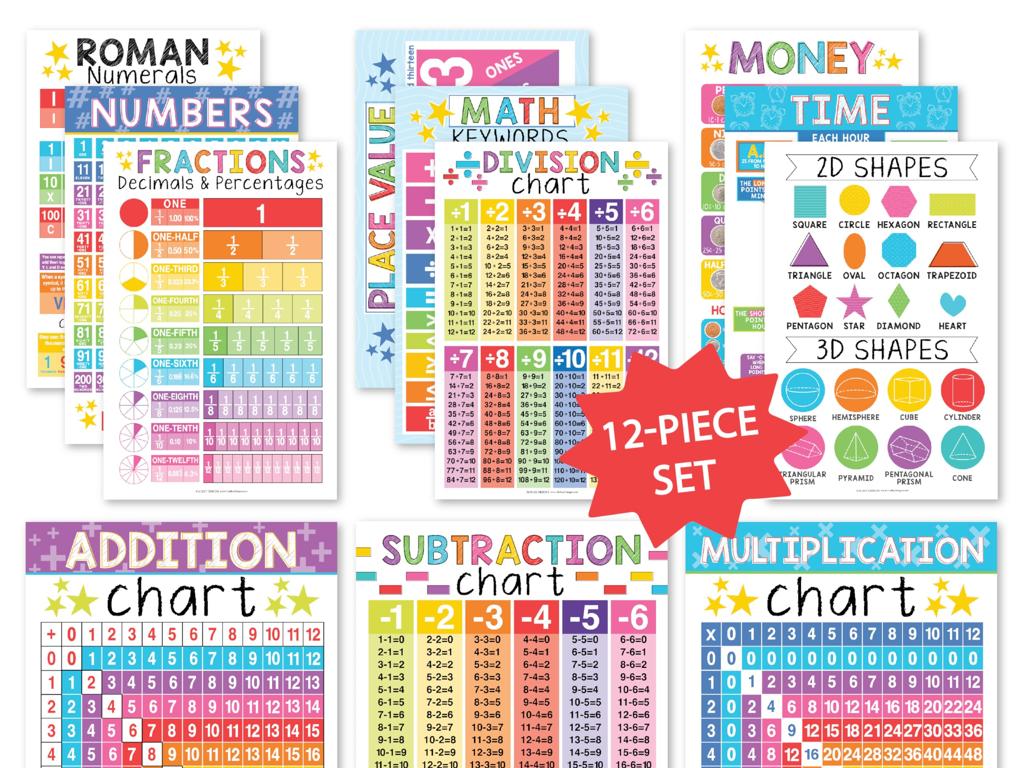Source Analysis: The Gettysburg Address
Subject: Social studies
Grade: Sixth grade
Topic: Social Studies Skills
Please LOG IN to download the presentation. Access is available to registered users only.
View More Content
Source Analysis: The Gettysburg Address
– What is Source Analysis?
– It’s the study of historical documents to understand the past.
– Exploring the Gettysburg Address
– A famous speech by President Lincoln during the Civil War.
– Significance of historical sources
– They help us learn about historical events, cultures, and people.
– Skills for analyzing sources
– Look for author’s purpose, audience, and the context of the time.
|
Today’s lesson focuses on developing the skill of source analysis using the Gettysburg Address as a case study. Source analysis is a critical component of understanding history, as it allows us to examine documents and artifacts that provide insight into the past. The Gettysburg Address, delivered by Abraham Lincoln during the American Civil War, is a key historical document that offers a wealth of information about the period. Students will learn why it’s important to analyze such sources to gain a deeper understanding of historical events and figures. They will also be introduced to the basic skills needed to analyze sources, including identifying the author’s purpose, considering the intended audience, and placing the source within its historical context. Encourage students to think critically about the information presented in historical documents and to question the perspectives and biases that may be present.
Exploring Source Analysis with The Gettysburg Address
– Define Source Analysis
– Examination of historical documents to understand the past
– Source Analysis in history
– Helps us interpret historical events and perspectives
– Primary vs Secondary sources
– Primary: Original documents. Secondary: Interpretations of primary sources
– The Gettysburg Address as a primary source
– Analyzing the speech to learn about the Civil War era
|
Source Analysis is a critical skill in social studies that allows students to examine historical documents to gain a deeper understanding of the past. It’s essential for interpreting events, perspectives, and the context of history. Primary sources are original, firsthand documents, while secondary sources analyze or interpret primary sources. The Gettysburg Address, delivered by President Abraham Lincoln, is a primary source that provides insight into the values and challenges of the Civil War era. Encourage students to think critically about the content, purpose, and perspective of historical sources. This slide will set the foundation for a deeper analysis of The Gettysburg Address in subsequent lessons.
Exploring the Gettysburg Address
– Background of the Gettysburg Address
– Delivered during the American Civil War at the Soldiers’ National Cemetery dedication.
– Abraham Lincoln’s role
– Lincoln was the 16th President, led the U.S. through its Civil War its bloodiest war and its greatest moral, constitutional, and political crisis.
– Significance of the speech
– It redefined the purpose of the war and the nation’s ideals.
|
This slide introduces the Gettysburg Address, a pivotal speech in American history. Begin by setting the scene for the students: the speech was delivered by President Abraham Lincoln during the Civil War, at the dedication of a cemetery for Union soldiers. Discuss Lincoln’s leadership during this tumultuous time and how his words at Gettysburg were meant to unite a fractured nation. Emphasize the lasting significance of the speech, which not only honored those who had fallen but also redefined the war’s purpose and the very essence of American democracy. Encourage students to reflect on the meaning of the speech and its relevance today. This will set the stage for a deeper analysis of the text of the Gettysburg Address in subsequent lessons.
Analyzing the Gettysburg Address
– Listen to the historic speech
– Understand Lincoln’s tone and emphasis through audio
– Read the speech as a class
– Reading in unison helps with comprehension and engagement
– Highlight unknown words/phrases
– Identify and clarify difficult parts of the speech
– Discuss the speech’s meaning
|
This slide is aimed at introducing students to the Gettysburg Address through an immersive approach. Start by playing an audio recording of the speech to provide a sense of the historical context and Lincoln’s delivery. Follow this by reading the speech together as a class to reinforce understanding and pronunciation of the text. Encourage students to actively engage by highlighting any words or phrases they find unfamiliar, which will be addressed and clarified in class. Conclude with a group discussion to interpret the meaning of the speech and its significance in history. This activity will help students develop their source analysis skills by interacting with primary historical documents.
Analyzing the Gettysburg Address
– Understand the main message
– Lincoln’s speech emphasizes unity and the purpose of the Civil War.
– Discover rhetorical devices
– Look for metaphors, repetition, and alliteration used for emphasis.
– Emotional & logical appeals
– How did Lincoln stir feelings and present logical arguments?
– Impact of Lincoln’s words
– Consider how the speech influenced the nation’s view on the war.
|
In this slide, students will delve into the Gettysburg Address to understand its core message about the significance of the Civil War and the need for national unity. They will identify rhetorical devices such as metaphors, which compare the nation to a living being; repetition, which reinforces key points; and alliteration, which makes the speech memorable. Students will also analyze how Lincoln used emotional appeals to honor the fallen soldiers and logical appeals to argue for the continuation of the Union’s cause. Discuss the lasting impact of Lincoln’s words on American history and how it continues to resonate with the ideals of democracy. Encourage students to think critically about the effectiveness of these devices and appeals in conveying Lincoln’s message.
The Gettysburg Address: Its Enduring Legacy
– Relevance of the Gettysburg Address today
– How does Lincoln’s speech still resonate in our times?
– Influence on American values
– The speech emphasized liberty, equality, and democracy.
– Lasting impact on society
– It continues to inspire and guide American principles.
– Reflection on modern America
|
This slide aims to help students understand the significance of the Gettysburg Address beyond its historical context. Discuss how the themes of the speech, such as unity and human equality, remain relevant in today’s society. Highlight how Lincoln’s words have become a cornerstone of American values, influencing the nation’s approach to democracy and civil rights. Encourage students to think about how the ideals of the Gettysburg Address can be seen in current events and social movements. This will help them connect historical events to their own lives and the world around them.
Class Activity: Dissecting the Gettysburg Address
– Form small analysis groups
– Each group gets a speech copy
– Discuss themes, purpose, effectiveness
– Look for main ideas, Lincoln’s intentions, and how powerful the speech is
– Create a group presentation
|
This activity is designed to enhance students’ understanding of historical sources and improve their analytical skills. By working in small groups, students can collaborate to dissect the complex language and concepts within the Gettysburg Address. Encourage them to identify key themes such as unity, freedom, and democracy. Discuss the purpose of the speech in the context of the Civil War and its effectiveness in inspiring the nation. Each group should prepare a short presentation summarizing their analysis, which will help them practice public speaking and summarization skills. Possible activities for different groups could include focusing on specific paragraphs, comparing to other historical speeches, or analyzing the impact on the audience at the time versus today’s perspective.
Analyzing the Gettysburg Address: Presentations & Discussions
– Groups present their analysis
– Discuss different interpretations
– How context influences understanding of the speech
– Receive feedback from peers
– Share thoughts respectfully, learn from others
– Teacher provides constructive feedback
– Focus on presentation skills and historical understanding
|
This slide sets the stage for student groups to present their analysis of the Gettysburg Address to the class. It’s an opportunity for students to engage in public speaking, critical thinking, and to gain insights into different perspectives. The class discussion will allow students to explore how context, such as the Civil War, shapes our interpretation of historical texts. Encourage students to provide constructive feedback to their peers, focusing on both the content of the analysis and the presentation skills. As a teacher, offer guidance and positive reinforcement, highlighting strong analysis and presentation techniques, as well as areas for improvement. This activity will help students develop a deeper understanding of the Gettysburg Address and the skills necessary for effective source analysis.
Reflecting on Source Analysis Skills
– Key takeaways from source analysis
– Learned to examine context, purpose, and perspective.
– Significance of the Gettysburg Address
– It’s a symbol of freedom and equality in U.S. history.
– Applying skills to other documents
– Use similar analysis steps for any historical text.
– Enhancing our understanding of history
|
In this concluding slide, we reflect on the importance of source analysis in understanding historical events. Students have learned to consider the context, author’s purpose, and perspective when examining sources like the Gettysburg Address. This speech is significant as it redefined the Civil War’s purpose, emphasizing liberty and democracy. These analytical skills are transferable and can be applied to other historical documents, enhancing students’ overall comprehension of history. Encourage students to think critically about sources and question the narratives presented to them, fostering a deeper engagement with historical studies.

